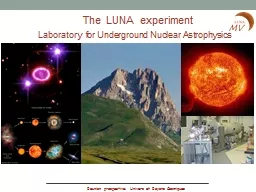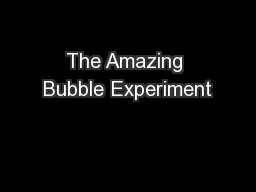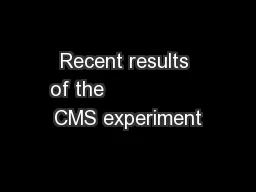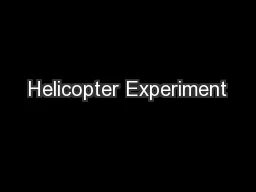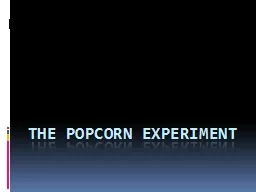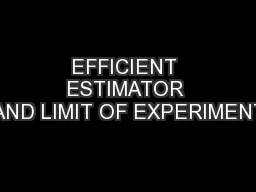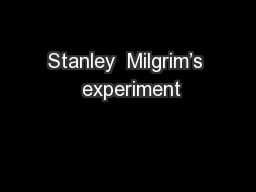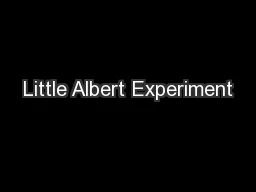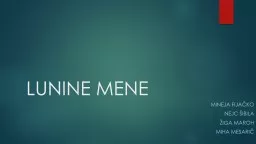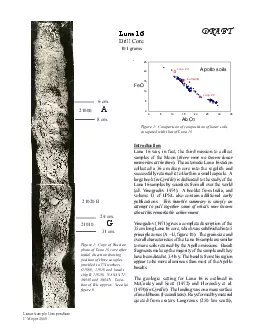PPT-The LUNA experiment
Author : kaptainpositive | Published Date : 2020-07-02
Laboratory for Underground Nuclear Astrophysics Reunion prospective Univers et Rayons Cosmiques Why studying nuclear fusion reaction cross sections Stars
Presentation Embed Code
Download Presentation
Download Presentation The PPT/PDF document "The LUNA experiment" is the property of its rightful owner. Permission is granted to download and print the materials on this website for personal, non-commercial use only, and to display it on your personal computer provided you do not modify the materials and that you retain all copyright notices contained in the materials. By downloading content from our website, you accept the terms of this agreement.
The LUNA experiment: Transcript
Download Rules Of Document
"The LUNA experiment"The content belongs to its owner. You may download and print it for personal use, without modification, and keep all copyright notices. By downloading, you agree to these terms.
Related Documents

